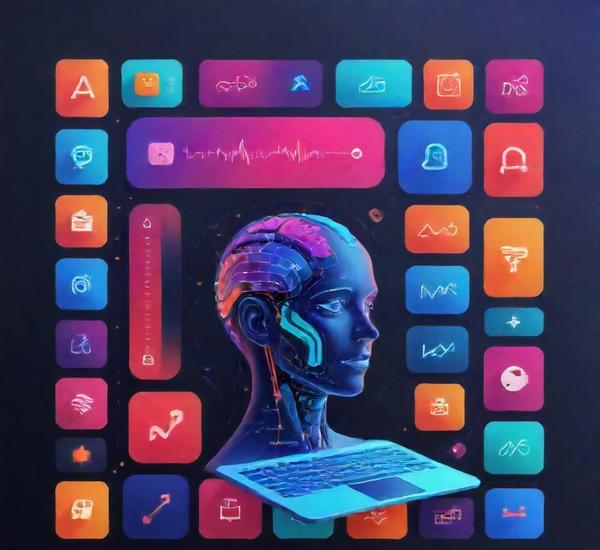- You are here:
- Home »
- Top AI Tool Guides
Category Archives for Top AI Tool Guides

Best AI Audio Tools [NOT TO MISS]
In an era where digital technology continuously evolves, AI-driven audio tools have emerged as revolutionary assets in various fields, from music production to content creation. These advanced tools harness the power of artificial intelligence to streamline processes, enhance creativity, and deliver high-quality audio experiences with unprecedented efficiency. As AI audio tools become more sophisticated, they […]
Continue reading
Best AI Presentation Makers [NOT TO MISS]
In the fast-paced world of digital communication, presenting information clearly and effectively is more important than ever. Traditional methods of creating presentations can be time-consuming and require a keen eye for design. However, recent advancements in artificial intelligence are transforming this landscape, offering innovative solutions that streamline the process and enhance the overall quality of […]
Continue reading
Best AI Marketing Tools [NOT TO MISS]
In the rapidly evolving landscape of digital marketing, artificial intelligence (AI) tools have emerged as transformative game-changers, revolutionizing how businesses connect with their audiences and drive growth. From sophisticated data analytics to automated content creation, AI marketing tools are designed to enhance efficiency, precision, and personalization. This guide aims to explore the multifaceted world of […]
Continue reading
Best AI Real Estate Tools [NOT TO MISS]
In an era where technology is reshaping nearly every facet of our lives, the real estate industry is no exception. Artificial Intelligence (AI) is driving a transformative wave, offering tools that enhance everything from property valuation to client interactions. This comprehensive guide aims to illuminate the rapidly evolving landscape of AI in real estate, providing […]
Continue reading
Best AI Portrait Generators [NOT TO MISS]
In the rapidly evolving world of digital art, AI portrait generators have emerged as a groundbreaking tool for both professional artists and casual creators alike. These sophisticated systems leverage cutting-edge machine learning algorithms to produce highly detailed and customizable portraits, often with astonishing speed and accuracy. By analyzing vast datasets of artistic styles and human […]
Continue reading
Best AI Chrome Extensions [NOT TO MISS]
In the rapidly evolving digital landscape, artificial intelligence (AI) is making waves across various domains, and web browsing is no exception. AI-powered Chrome extensions are revolutionizing how users interact with their online environment, offering enhanced productivity, smarter browsing experiences, and personalized interactions. From advanced content recommendations to streamlined task automation, these extensions leverage sophisticated algorithms […]
Continue reading
Best AI Qr Code Generators [NOT TO MISS]
In the digital age, efficiency and innovation are cornerstones of successful business practices, and AI-powered QR code generators are leading the charge in this transformative landscape. These advanced tools leverage artificial intelligence to simplify the creation of QR codes, enhancing not only the speed and accuracy of the process but also the customization options available […]
Continue reading
Best AI Business Tools [NOT TO MISS]
In the rapidly evolving landscape of modern business, artificial intelligence (AI) has emerged as a game-changer, transforming the way organizations operate and compete. From automating routine tasks to providing deep data insights, AI business tools are redefining productivity and decision-making processes across industries. As companies strive to stay ahead of the curve, understanding and leveraging […]
Continue reading
Best AI Game Dev Tools [NOT TO MISS]
In the rapidly evolving landscape of video game development, artificial intelligence (AI) has emerged as a transformative force, revolutionizing how games are created and experienced. AI game development tools are now at the forefront of this revolution, offering developers unprecedented capabilities to streamline production, enhance creativity, and deliver richer player experiences. From procedural content generation […]
Continue reading
Best AI Transcription Tools [NOT TO MISS]
In today’s fast-paced world, accurate and efficient transcription has become a crucial component for businesses, researchers, and content creators alike. As audio and video content proliferates across various platforms, the demand for seamless transcription solutions has surged, leading to the rise of advanced AI transcription tools. These technologies leverage cutting-edge algorithms and machine learning models […]
Continue reading